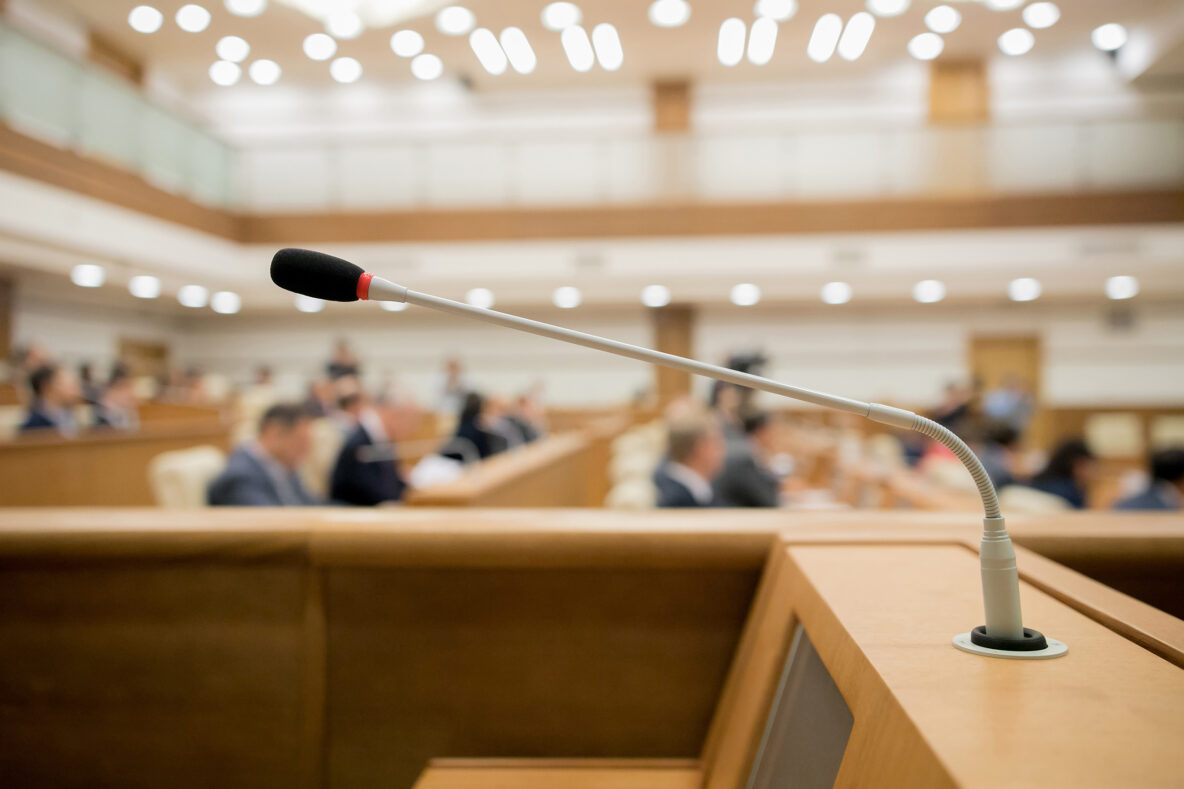Here’s what happened this month for city council updates for owners and managers in NYC. Scroll on for a bonus update on DOB’s facade study, and how that could change the FISP program going forward:
More Parking Structure Regulations
As we near due dates for one-time observations and Subcycle B filings (check out our structure rundown for more details), the Committee on Housing and Buildings renewed their focus on structure requirements and studies. Here’s what happened in May, and what could be coming next.
Adjustment to Inspection Cycles
The biggest change to come out of recent council sessions is the approved adjustment of the inspection cycle for parking structures. Owners would have to have parking structures inspected more frequently than the current cycle structure that was recently introduced.
Right now, parking structure cycles last for 6 years, with 3 subcycles of 2 years each (A, B, and C). Subcycle C of Cycle 1 is due to end on December 31, 2027. The council approved an adjustment for Cycle 2 (starting Jan 1, 2028) to reduce inspection cycles to 4 years, with follow-up assessments for certain structures. Specifically, structures with a SWARMP-like status would get a follow-up assessment no more than 2 years from the initial assessment (instead of 3), and require an amended report.
Adjusting the cycle length would likely require the structure of subcycles to change. That could mean a re-organization of parking structures in certain subcycles or an adjustment in subcycle length. It’s up to the DOB to determine the best way to divvy up inspection filing times, and they may not share specifics here until we’re closer to 2028. In any case, this is a big change to a new rule. Stay tuned for updates here so you won’t miss a filing.
Penalties Doubled
The council also approved an increase in minimum civil penalties for DOB violations at parking structures. Specifically, minimum fines will be doubled for issues like failure to correct, immediately hazardous violations, structural issues, and more. Take a look at the final rule for more details.
Load-Bearing Study
INT 135-A will require the DOB to conduct a loadbearing capacity study for garages. Factors assessed include age, size, materials, structural design, and more. The DOB would report any subsequent findings and submit the same to the mayor and council speaker no later than 1 year after the effective date of the law. They’d also make findings available online for review.
All three above laws were approved by the council on May 23rd and sent to the Mayor. They’ll go into effect officially when the mayor signs it, or failing that, 30 days from the approval date.
Sanitation Updates
Penalties For Littering & Obstruction
Civil penalties were approved for commercial, manufacturing, or industrial buildings for sidewalk littering and obstruction:
- $50 for the first infraction
- $300 for the second violation on a different day within any 12 month period
- $500 for the third and each subsequent violation on a different day within any 12 month period
As part of the new law, the DSNY will produce educational materials related to the changes. The law takes effect immediately after passage, except for the penalties – they’ll go into effect 6 months from passage.
Proposed: Organic Waste Composting Facility Requirements
A proposed law would require DSNY to “establish one or more organic waste composting facilities in each borough.” Facilities would be established and staffed with environmental justice and surrounding communities in consideration.
As a reminder, curbside composting is available in select Bronx and Manhattan community boards, and to all Brooklyn and Queens residents. The rollout will be complete in all boroughs by October 2024. Virtual information sessions hosted by the DSNY can be found here.
Proposed: Commercial Waste Zone Study
A study has been proposed for the upcoming implementation of commercial waste zones, kicking off in Queens. Policy recommendations would be made as needed based on the study, if passed.
DOB Facade Study
Per their latest press release, the Department of Buildings has launched “a study to reevaluate facade inspection regulations in New York City.”
Eligible properties (7 stories and higher) are currently required to perform and submit inspections once every 5 years. Filing periods in each 5-year cycle are separated into subcycles by the last digit of the building’s block number. To that end, FISP/Local Law 11 has been targeted as one of the reasons why sidewalk sheds are so prevalent citywide. Per the release,
Local Law 11 has long been a critical tool used to encourage compliance from properties that have fallen into disrepair and keep New Yorkers safe from hazardous building facades. When hazardous façade conditions caused by the property owners’ failure to maintain their property are found during these inspections, sidewalk sheds and other forms of pedestrian protection are installed, taking up valuable public space on our city sidewalks, until repairs can be made. This new study is a major component of the city’s “Get Sheds Down” plan announced in July 2023, and recommendations that arise from the study will consider ways in which regulatory changes could potentially reduce sidewalk sheds in our city that are not helping to protect the public.
DOB Commissioner Oddo adds, “Our mandatory façade inspection program has helped identify thousands of hazardous building conditions over the years, and has served as a model for other cities across the country…This new scientific study will help us as we look to further refine these important regulations, so that they continue to keep New Yorkers safe, while ensuring that sidewalk sheds are only up when they are truly needed.”
The study is being conducted by Thornton Tomasetti, an engineering consulting firm. Their study will include the following:
- Use artificial intelligence to help comb through decades of DOB’s façade inspection reports and building incident data to find commonalities, helping to pinpoint situations when building façade failures are most likely to occur.
- Conduct a comprehensive literature review on building materials testing and construction practices to determine whether all buildings should be compelled to comply with one-size fits all requirements, or whether different requirements are more appropriate.
- Conduct extensive outreach to other municipalities, industry groups, material fabricators, and universities around the country to account for best practices currently utilized outside of New York City, as well as speak directly to the engineering and architectural community here in New York City to draw from their experience as well.
The firm will then make recommendations that may result in legislative changes to the process and structure of FISP.
Per the above, that may result in different requirements for differently sized properties or properties made of specific materials. It may also result in different timeframes for inspections and filings. Right now, all subcycles of Cycle 9 have been completed, and Cycle 10 is set to kick off in 2025. We’ll keep you updated as the start of the cycle approaches, and how the results of this study could impact your properties.




